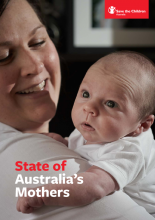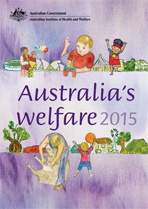This report says there is a common misconception that buildings for the aged are just aged care buildings. However most older people in Australia will never enter a residential aged care building (or a retirement village for that matter). The question is ‘how appropriate are our homes, and can we make them more age appropriate?’ What are the successful features that people need and appreciate?
The NANA project looked at architecturally significant buildings, places and accommodation models in several countries to provide resources, examples and precedents for architects and others.
The research proposes three objectives, and eight features to inform a new architecture for the new aged. The three objectives are Happiness, Normality, Equality and the eight features are: Windows to the world, Space grace, The great outdoors, Small is beautiful, Freedom to choose, Belonging, Integration and Something to do.

Image: Chickens made by residents, used as room identifiers for Residencia Dona Isobel in the chicken farming region around Alacer do Sal, Portugal
The NANA project: a new architecture for the new aged that advocates a better built environment for older people
Guy Luscombe
Byera Hadley Travelling Scholarships Journal Series
NSW Architects Registration Board 2015
Read report
 Source: AIHW
Source: AIHW

 Elder abuse has a range of physical, psychological and financial consequences. Evidence about prevalence in Australia is lacking, though if international indications provide any guidance, it is likely that between 2% and 10% of older Australians experience elder abuse in any given year, with the prevalence of neglect possibly higher.
Elder abuse has a range of physical, psychological and financial consequences. Evidence about prevalence in Australia is lacking, though if international indications provide any guidance, it is likely that between 2% and 10% of older Australians experience elder abuse in any given year, with the prevalence of neglect possibly higher.

 Source: Australian Health Policy Collaboration
Source: Australian Health Policy Collaboration

